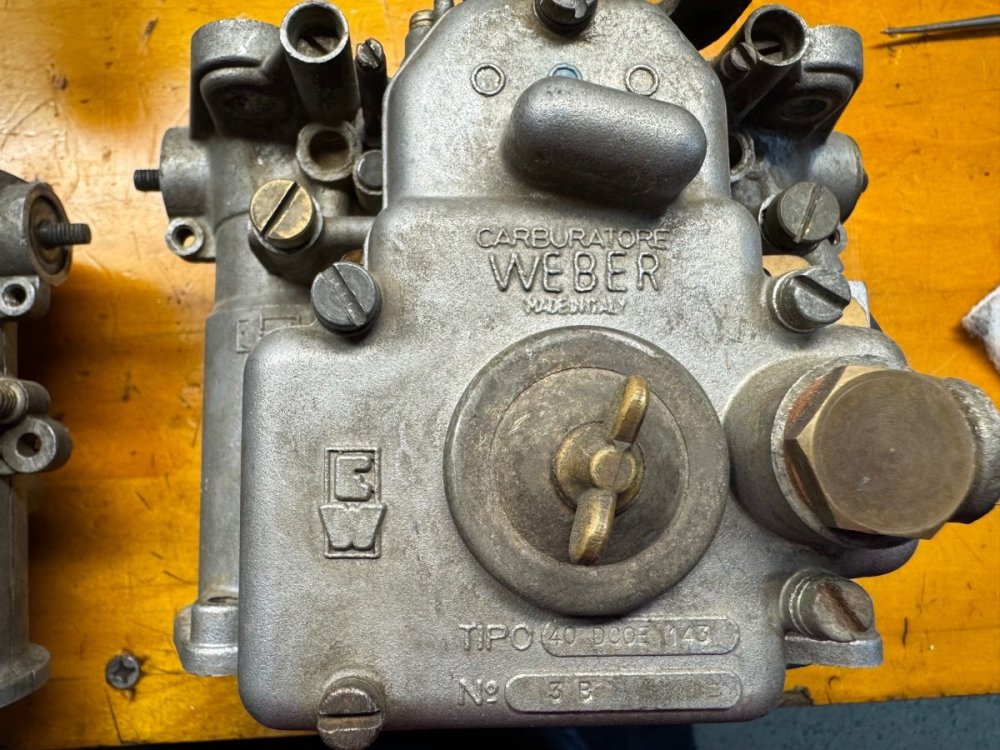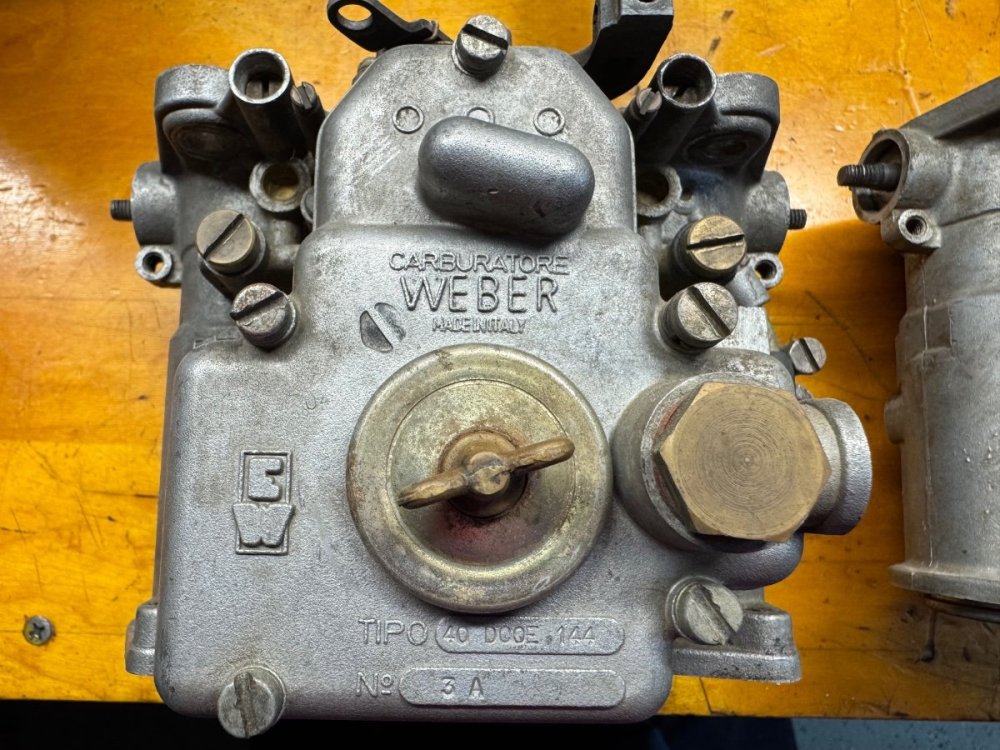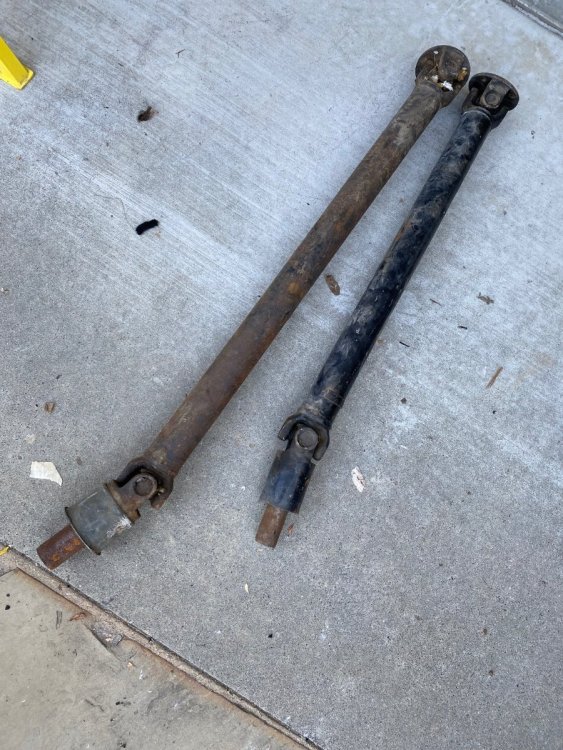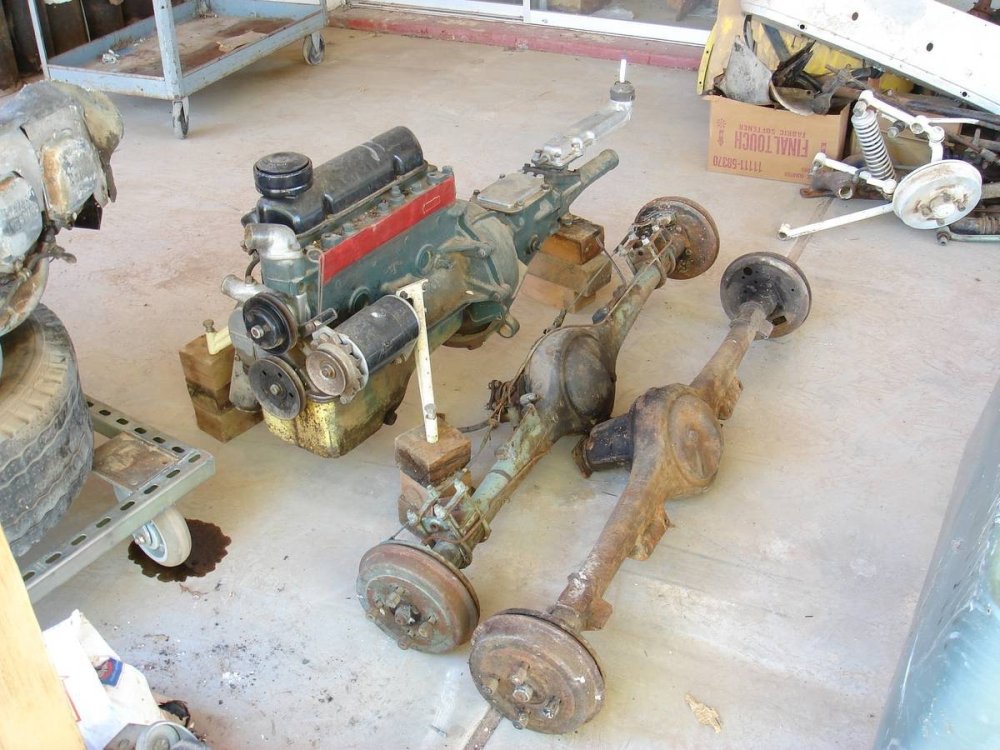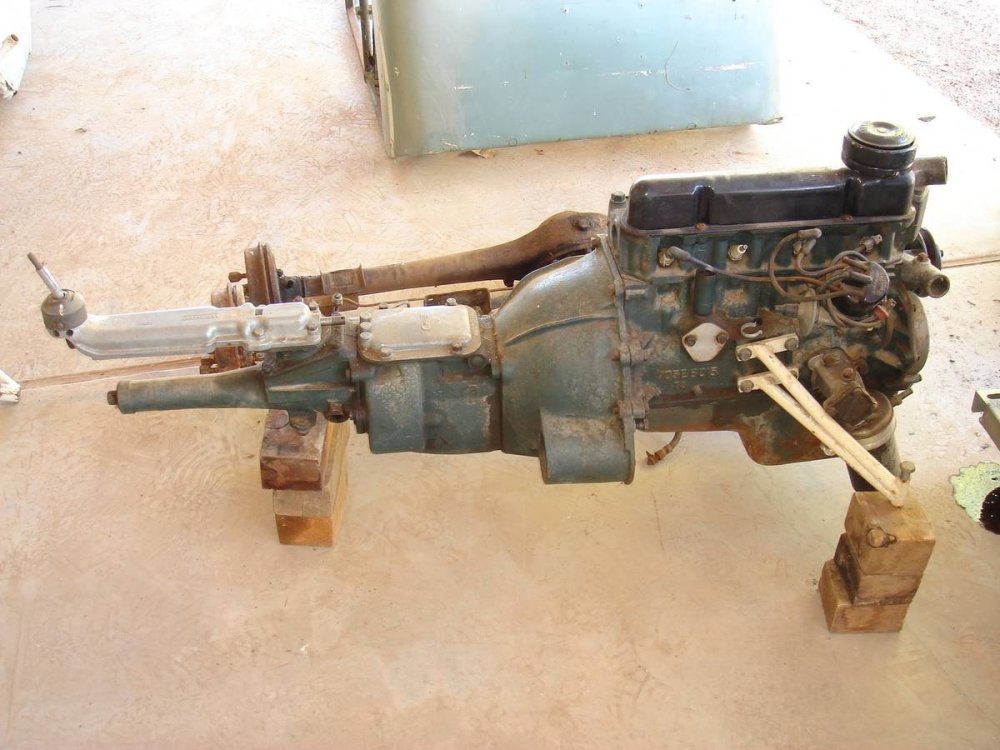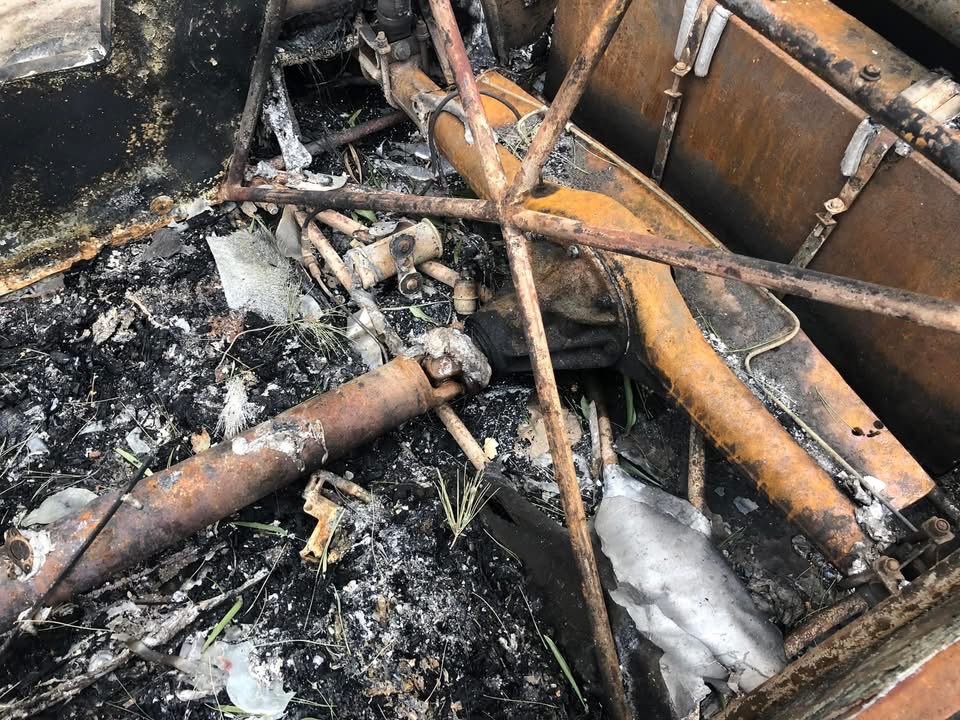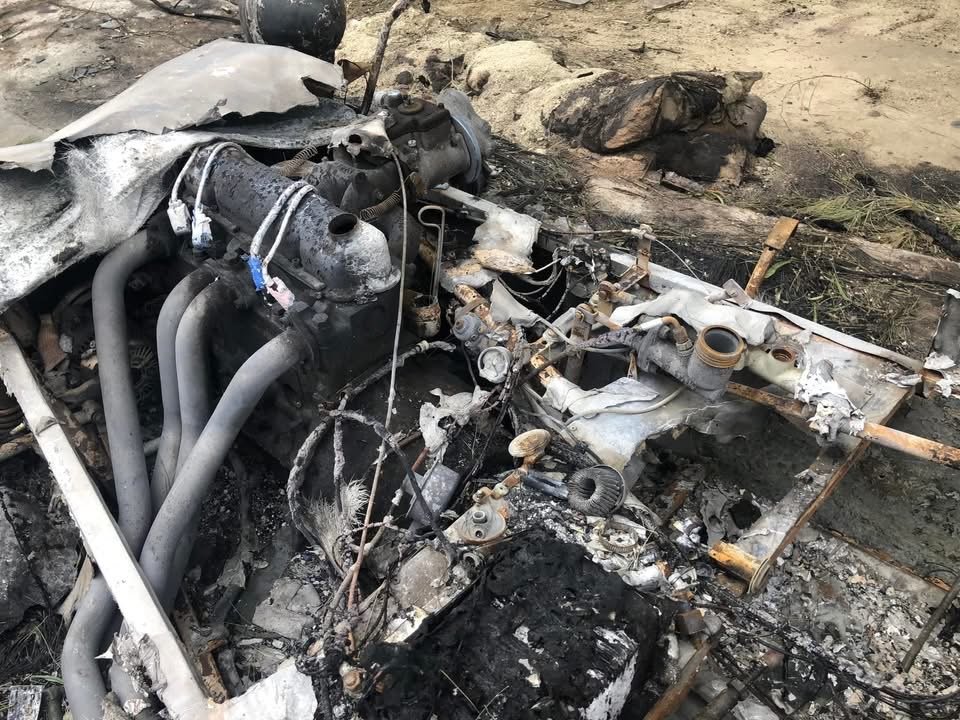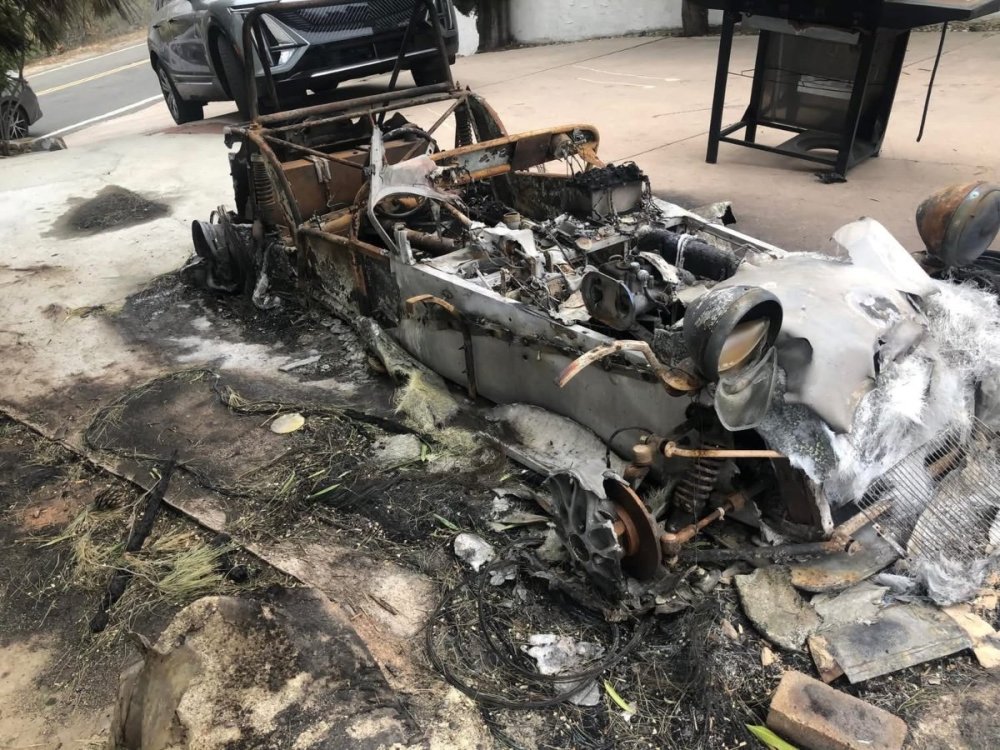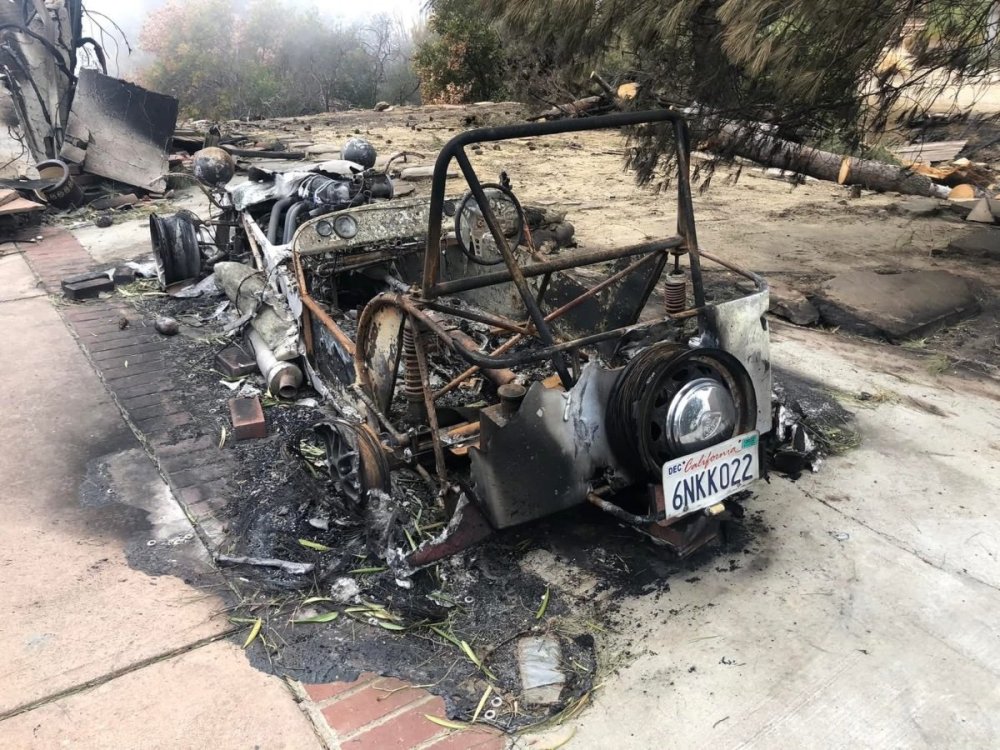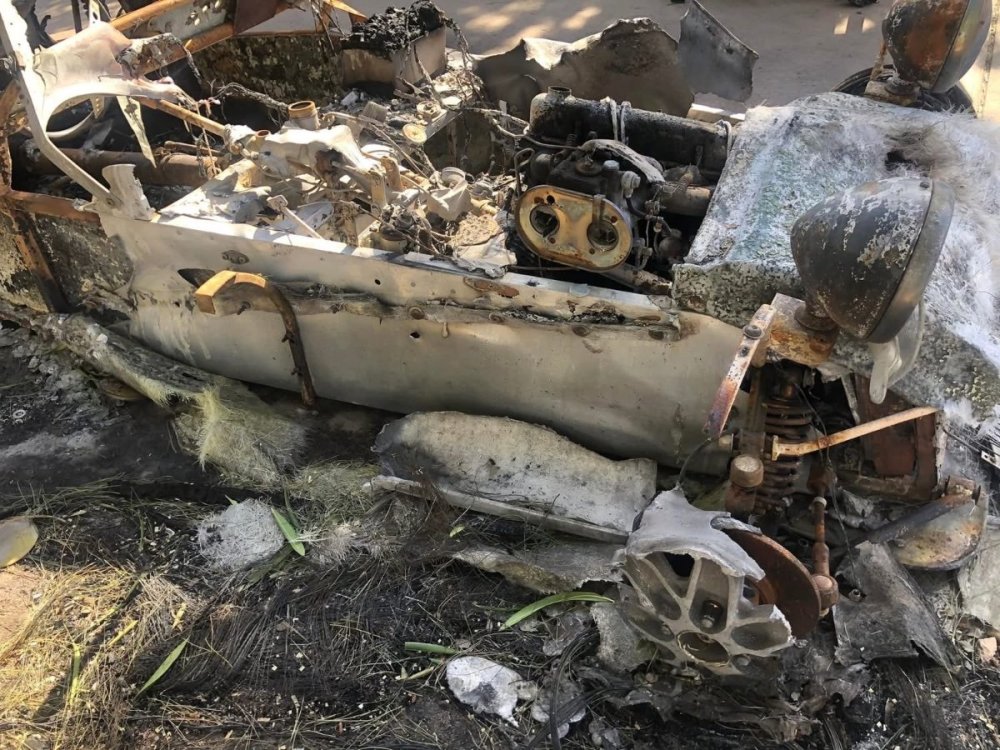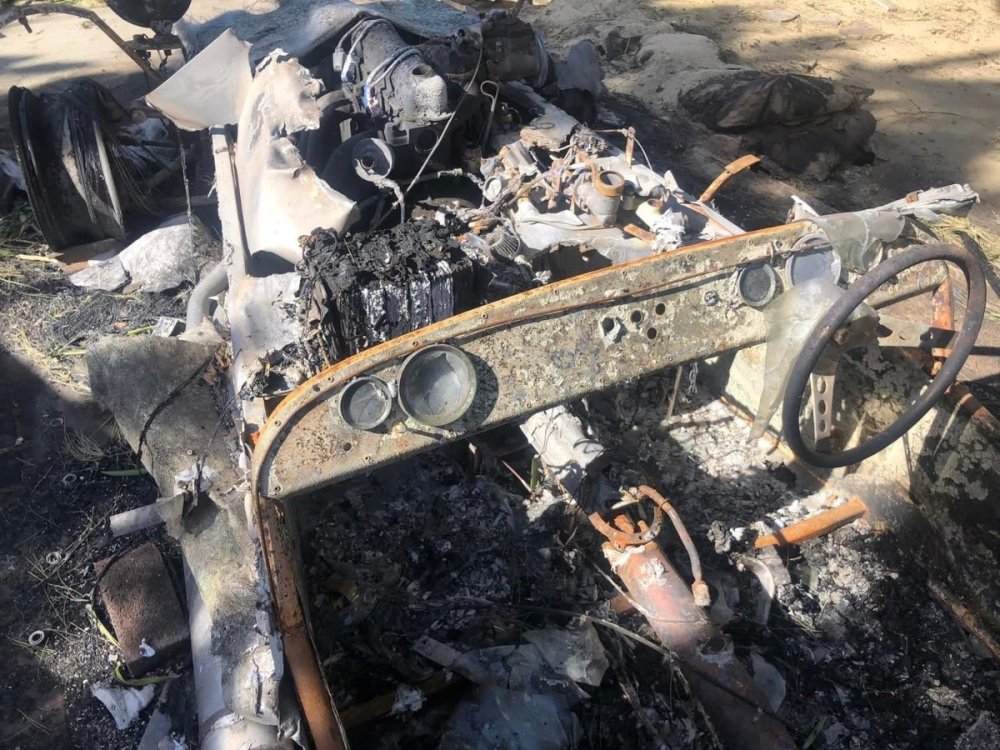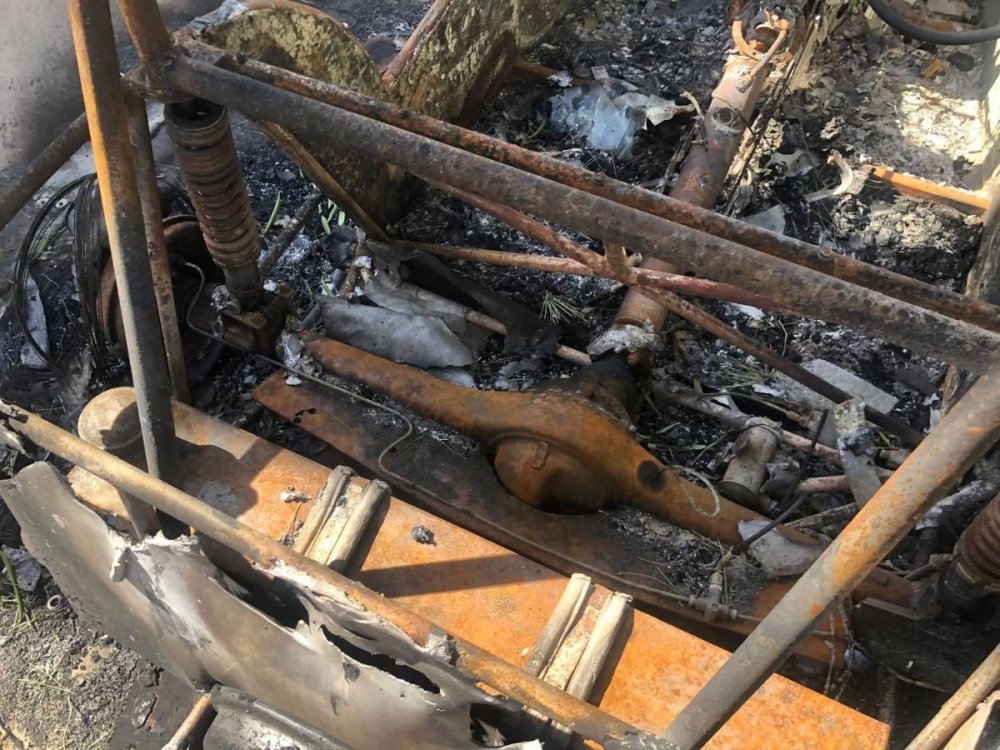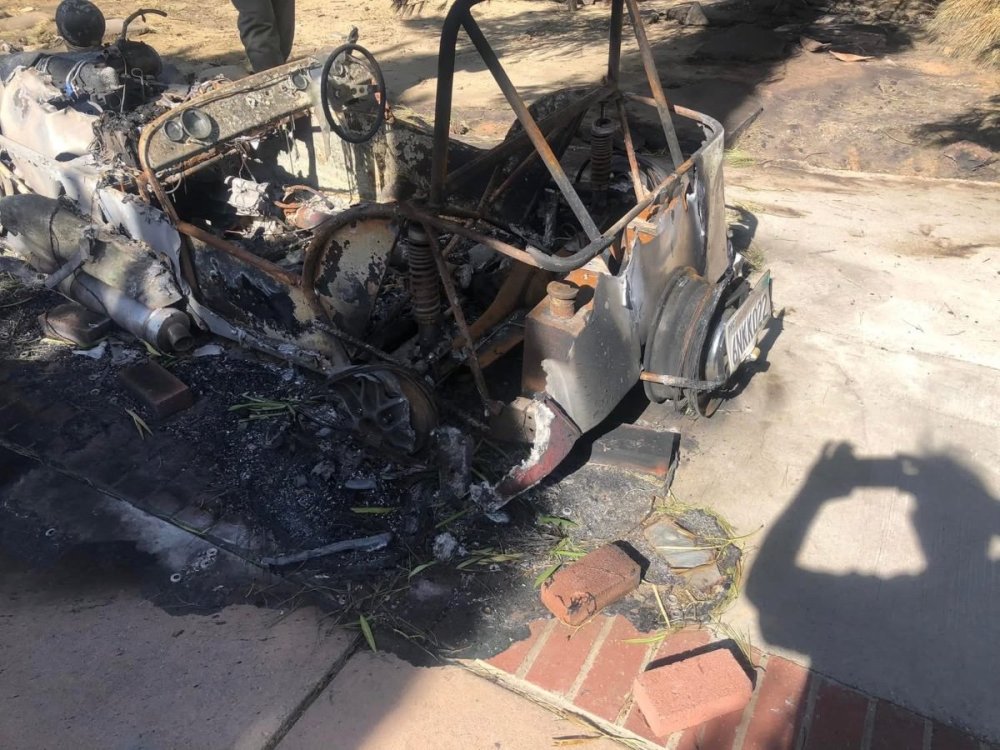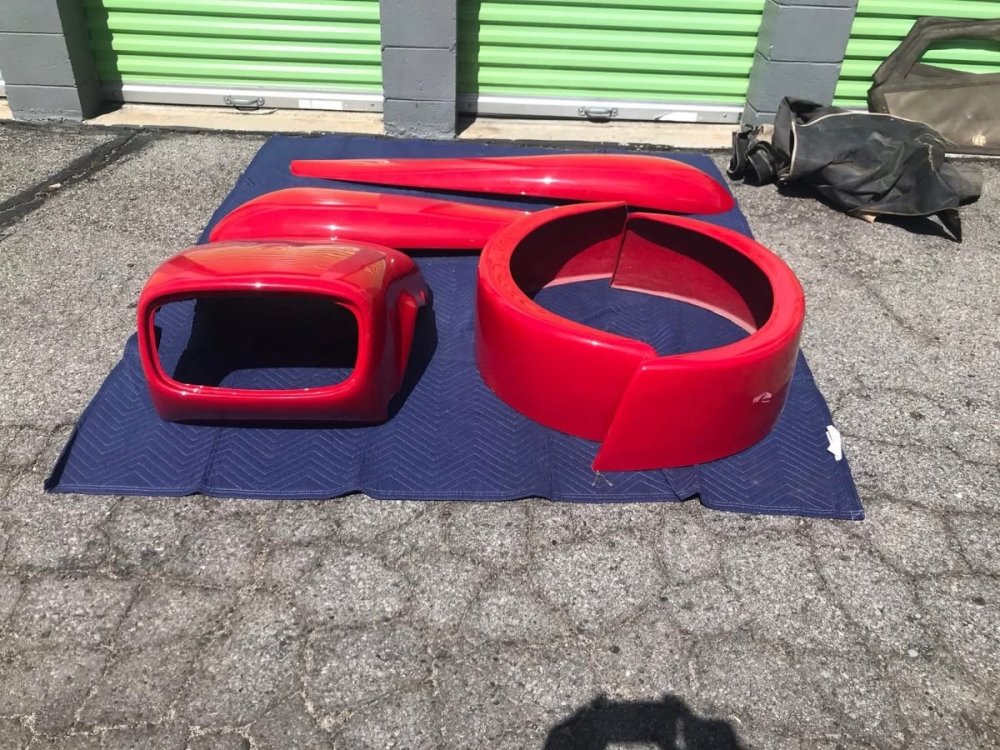
ianashdown
Registered User-
Posts
217 -
Joined
Content Type
Profiles
Forums
Store
Articles
Gallery
Events
Library
Everything posted by ianashdown
-
I recently sent an irreplaceable part to Arch Motors as part of my restoration only to have UPS loose it. TWICE! They will lie to you, provide fake proof of delivery, after two ‘investigations’ offer no accounting of what efforts were made to understand why the proof of delivery shows it being delivered at a specific time but security cameras show no deliveries around that time. If you do ship with UPS, and I highly recommend against it, give it a declared value of what its loss would mean to you, not just its actual specific value, and insure it for that value. I doubt you’d ever get a claim fulfilled, but with doing this the very best you can hope for is $100. Im not sure if FedEx or USPS offer any more security, but do whatever you can to protect you valuable or irreplaceable parts. Ian SoCal
-
In order to keep my S2 restoration moving, I’ve decided to buy all new bodywork rather than make molds and then new parts from my original bodywork. I would like to order them in the color gel-coat that I need rather than paint. Can anyone let me know who has correct S2 molds and builds high quality parts, preferably in the US but the UK would be OK too. Thank you, Ian
-
-
Here’s another question for the collective wisdom. My 7 was shipped from the factory in 1961 with an ‘A’ series engine. Sometime around ‘64 & ‘65 the engine was changed to a Ford 105 E. The car was disassembled in 1969 and stored until I bought it in 2023. The engine as I received it had been fitted with a different crank and rods to give 1340cc, ported, had aluminum spacers on the rocker shaft, maybe an cam, and had twin 40 DCOE 2’s fitted, so sometime between ‘64 and ‘69 these various mods had been done. Does anyone know if the 40 DCOE 2 was a ‘64-‘69 period carb? I have a set of 151’s in addition to the 2’s and I’m trying to figure out which are more period correct and which might be good choice for a 120E (1500cc) with an A2 or A3 cam, mild porting on standard valves. I’m thinking 151’s, but I’ll be interested to hear other thoughts. Thanks, Ian
-
Does anyone know of a number and letter stamp set that matches the early ‘60’s Series 2 Lotus chassis plate style of lettering? Failing that, what is the height of the letters? Thanks, Ian
-
Like this? Still confused, but I’ll be building it back to as near to as delivered in ‘61 as possible. Ian
-
Hi Joe, Thanks for the references. I’ve never seen this car with the engine in so this was a big question. I have the frame drawings and was looking for some reference to engine position, but there are none. It’ll be while before this goes back together, but this info will be a good check. I will try to find the other engine mounts, there’s also a fixture to make more, and see if there are differences. My guess is this was an autocross car or similar, but some very low level as the standard of workmanship of the welded-in roll hoop was very, very poor. It would not pass tech inspection, not even close, these days! My thought is that moving the CG rearwards may have improved turn in response. Ian
-
It’s going to take some study for sure. I’m surprised to hear that you’re at 50% with no drive or spare when the engine is well forward. I think some the secondary difficulties may sway me against. No available exhaust, gearbox mount to name just two. Hmmmmm . . . Ian
-
My car seems to have had engine mounts made that move the engine back by maybe as much as maybe 6” (see attached). This car has a history of some form of competition, auto cross or similar, back in the mid to late ‘60’s so I wonder if shifting the engine was a thing back then. I’ve heard, and it would seem logical, that it balances the F/R weight distribution to close to 50/50. Is this a mod worth keeping, understanding that it is not original, but is an in-period modification? I believe the original mounts are in the pile of part somewhere. Ian
-
I don’t, but I know the ask was very low.
-
****** SOLD ****** The recent California fires took a fellow 7 owners home and car. He recently posted the following: “Like many I lost my home and stuff in Topanga to the fire on 1/7 Offering this to my VARA family, hopefully this is worth something to someone It was a 1962 Lotus 7 series 2, # 1636 1600 ford motor .040 over, lightened and balanced with an Ivy head Never installed correct series 2 rear fenders and clamshell fronts. Original side curtains Please make me an offer and it haul away“ If interested, please contact Marshall Kahn via Facebook of via me.
-
That’s an interesting approach. Thank you, Ian
-
You make a very good point on the safety of that style of reinforcement. I like the tube much better, but then again, safety was never a 7 strong point! I haven’t got to it yet, but I have some thoughts about cutting an access panel in the front of my original tank and fitting a custom made bladder, with foam. I feel the sloshing of fuel can be felt in a car this light. If there is any interest I’d be happy to see if a group buy could be arranged. I have a long term contact in the fuel cell business and years of experience designing fuel cells, pickup systems etc. We could also accommodate an internal collector tank with a high pressure pump for anyone running injection. Ian
-
All good advice, thank you. If I have to do this myself, which is looking increasingly likely, then I will build some kind of fixture. I hoped to avoid this. I’m going to follow the advice of Chris Beebe and use rectangular tubing rather than the 1/4”, or whatever, steel plate. Too agricultural for my preference. So there will be a minimum of welding and therefore less shrinkage. All my fabrication experience has taught me that welds always have shrinkage and it’s better to build compensating for that rather than trying to correct afterwards. Straightening is doable, stretching not so much! Shrinkage in this case will induce toe-out what is never good in my experience. I’ll have to think about how much toe-in to build in to the fixture unless anyone who has done this can relate past experience. All part of the journey! Ian
-
The Lotus S2 owners manual doesn’t quote any alignment figures for the rear suspension, probably because there is no adjustment. It’ll be whatever the manufacturing tolerances of the Axle were. I am certain that what the welding is likely to do, induce toe-out, is bad. Some induced positive camber is not preferable, and I’ve heard of some deliberately inducing a small amount of negative camber. Probably a trade of performance for potentially shorter life. Ian
-
The idea is to induce some misalignment so that after welding it all comes back to zero. I’m just not sure how much shrinkage takes place and therefore how much to pre-load. Ian
-
Next thing to turn my attention to is the rear axle. I plan to use the original, Standard 10, axle which has been upgraded to take a Rod End for the ‘A’ attachment, but nothing else. I expect the engine, when built, will be about 100-120 HP, and I’ll be keeping the wheels to 4.5”, so not mega amounts of power or grip. Should the internals of the axle be upgraded and if so, with what. I believe TR7 was the recommended source, but these are not easily found in the US I’d think. I do believe the axle should be strengthened externally however. I’ve read that Chris Beebe is done upgrading axles, so I’m wondering if anyone knows someone in SoCal who has a fixture to induce some toe-in and maybe a little negative camber before welding the strengthening plate or tube. From experience can anyone suggest how much toe and/or camber should be induced before welding? Thank you, Ian
-
So stainless braided brake lines? Certainly easier than trying to get perfect bends. Having said that, many Formula Fords built in the UK in the day used Bundy tube in the chassis, then Aeroquip to each wheel. The race engineer in me says Aeroquip, the preservationist says hard tube. This car will be no race car! Ian
-
A couple of questions for the knowledge collective. What is the width of the original rear fenders? What size of tires fill these a bit more than the original skinny ones, but still look original-ish size? I’m thinking of using Elan bolt on wheels. Brake tubing. What is the suggested material to bend the hard lines from. I like the idea of stainless, but is it difficult to bend. Copper doesn’t seem right, but I think bronze may have used in the past. Also, I seem to recall that someone made a pre-bent brake line kit, but cannot remember who. Any ideas who? Last question. Has anyone who has done a frame up restoration ever put together a sequence of re-assembly? It might help prevent having to back-track. Thank you, Ian
-
Can anyone confirm that a Twin Cam will fit under the Hood/Nose on a Series 2 Seven or not? My 105E block is damaged beyond economic repair and I’m trying to make a decision between building a mildly tuned 120E or possibly a Twin Cam, which would make the Seven quite exciting even in near standard tune. Thank you, Ian San Clemente, CA
-
Can anyone let me know if 105E and 120E heads are interchangeable, similar or not alike in any way? Also, can a 105E block be bored to 83.5mm dia? Thanks, Ian
-
1962 Lotus Super Seven Clutch Master Cylinder
ianashdown replied to TEM's topic in General Sevens Discussion
The official S2 manual states that the brake M/C is 3/4” Ian -
Anyone in the LA area have a Caterham crate that is no longer needed? I’m trying to justify sending my ‘61 Lotus 7 chassis back to Arch for repair and the cost of a new crate is super expensive in LA/OC. Thanks! Ian
-
The Regular Summary of Classified Ads of Se7ens Found For Sale
ianashdown replied to Croc's topic in Cars For Sale
Congrats on your purchase! Enjoy the restoration. Ian -
My impression of the conversion kits I’ve seen is that the look a bit ‘cheesy’. I hoping there is a front upright/spindle/wire wheel swap that I can do. Other cars had live axles and wire wheels at the rear so I feel like there should be something period authentic that could work. The car will be staying at 1000cc so while weight is super important so is appearance. I’m just considering options while I’m too lazy to actually get in the garage and do something! Ian

